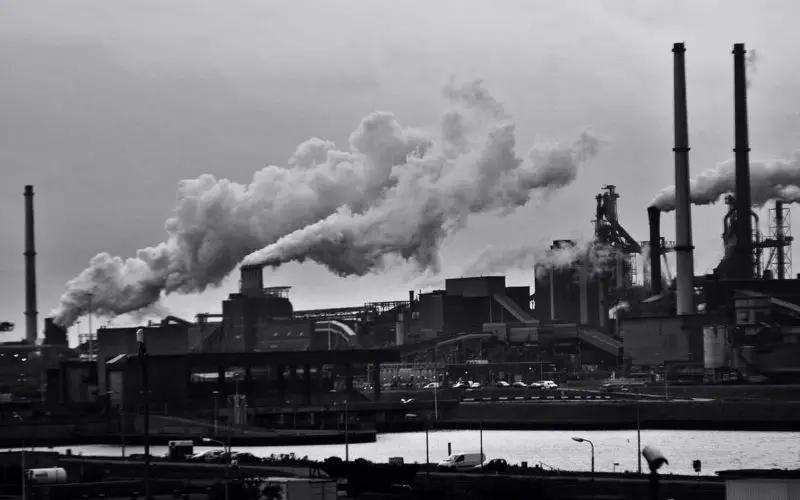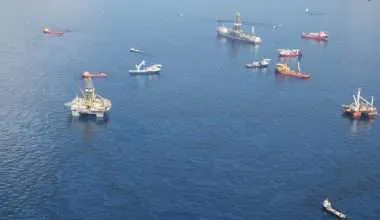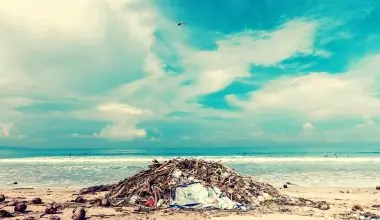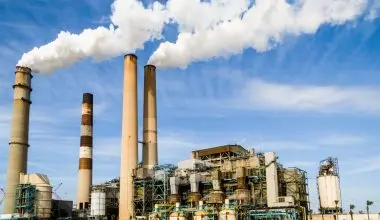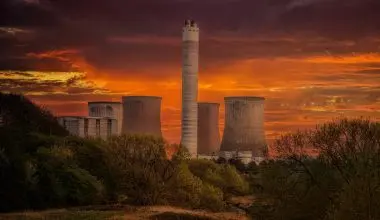Table of Contents Show
What is Pollution?
Pollution is one of the most overlooked concepts in today’s world. Pollution is the adulteration of air, water, and soil by way of a contaminant. Humans usually introduce the contaminant into the natural environment. It is unsafe for all living organisms.
The most typical kinds of pollution are air, water, and ocean pollution as well as agricultural and land pollution. All of these various types of pollution have led to an increase in carbon emissions which has led to climate change.
Below are 70+ Shocking Facts on World Pollution
Fact 1: Pollution is one of the largest killers, impacting more than 100 million worldwide. It brings about the death of as many as 9 million people each year.
Fact 2: About 2 billion people around the world don’t have access to nontoxic, drinkable clean water according to the World Bank. Availability of unsafe water is increasing whereas clean water is becoming sparse day by day.
Fact 3: The World Health Organization estimates that one million people die each year because of unsafe drinking water coupled with bad hygiene and unsanitary conditions.

Fact 4: The waste disposed of in the world’s oceans per year is almost around 14 billion pounds. Plastic waste is the main component.
Fact 5: Ocean plastic pollution kills 100 million mammals and more than 1 million seabirds per year.
Fact 6: Communities living in high-density urban air pollution regions are prone to lung cancer. They have a 20% higher risk of passing away from lung cancer than those living in less polluted regions.
Fact 7: According to the latest Lake Quality Assessment of the US EPA, nearly 46% of the lakes in America are exceedingly polluted. Thus they are unsafe for swimming, fishing, and marine life.
Fact 8: A great “Smog Disaster” occurred in London in the year 1952. About four thousand people died in a few days owing to the high concentrations of outdoor air pollution. It is not without reason that it’s called death smog.
Fact 9: The United States produces 12% of the planet’s waste although it has 4% of the world’s population. Here we are talking about Municipal Solid Waste only. Moreover, the US uses 25% of the Earth’s natural resources.
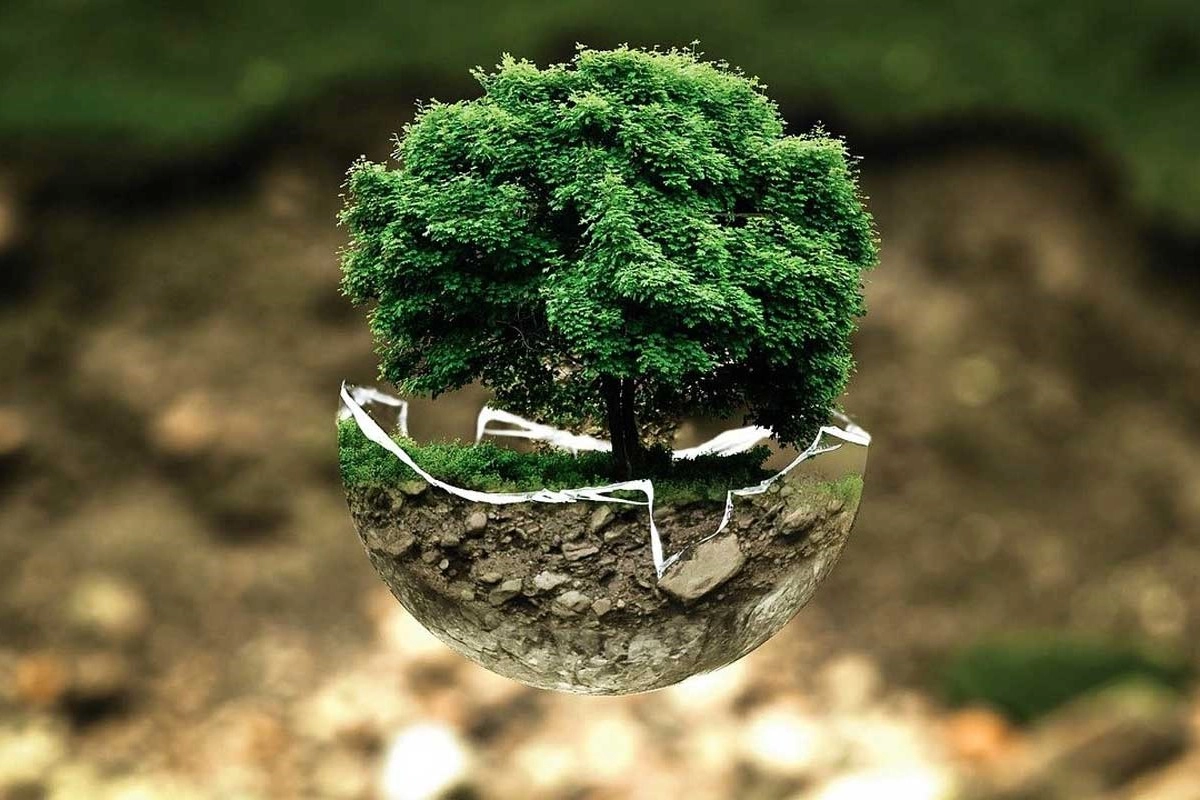
Fact 10: The United States produces 12% of the planet’s waste although it has 4% of the world’s population. Here we are talking about Municipal Solid Waste only. Moreover, the US uses 25% of the Earth’s natural resources.
Fact 11: Each year, about one trillion gallons of unprocessed sewage and industrial waste are disposed of in the U.S. waterways.
Fact 12: Children make up only 10% of the world’s pollution but are susceptible to 40% of global illnesses.
Fact 13: More than 3 million kids below the age of 5 years pass away every year because of environmental problems like pollution.
Fact 14: Composting and recycling alone have stopped the disposal of 85 million tons of waste in 2010.
Fact 15: China is the world’s leading producer of carbon dioxide. The United States is at number 2.
Fact 16: In India, towns and cities dispose of municipal waste in tributaries of the river Ganges. As much as 80% of this sewage remains untreated. This river and its tributaries are vital resources for 400 million people. The polluted water affects the health of the users.

Fact 17: Noise pollution is the most ignored kind of pollution.
Fact 18: According to Forbes a hand pump costs $150. Refurbishing a nuclear warhead costs at least $20 million. So the money used for a nuclear weapon can fund more than 130,000 hand pumps. This may allow villages in the third world a possible life-saving access to hygienic water.
Fact 19: Ocean Acidification is the most harmful kind of pollution. Oceans are becoming very acidic because of greenhouse emissions from fossil fuels.
Fact 20: Livestock waste also adds to soil pollution. In monsoons, water flows over the fields transporting unsafe bacteria from the livestock into the streams.
Fact 21: More than 100 pesticides via any channel – air, water, or soil can bring about birth defects, gene transmutation, and cancer.
Fact 22: There are more than 73 different sorts of pesticides in the groundwater, which is then used as drinking water.
Fact 23: As of 2023, there are about 1.474 billion cars in the world. By 2030 this figure increase to 2 billion with most of the cars still running on fossil fuels. This means that the level of pollution will also increase.
Fact 24: Major oil spills such as that which occurred in the Gulf of Mexico, are the most awful type of pollution. Oil spills in the water body spread far away on the ocean surface harming marine life. They even affect the coastal ecosystems.
Fact 25: House owners use chemicals that are 10 times more noxious per acre than the quantity used by the farmers.
Fact 26: About 1000 children die in India per year because of diseases created by polluted water.
Fact 27: In India, the Ganges water is becoming poisoned. This is because of the practice of disposing of half-burnt deceased bodies and enshrouded infants.
Fact 28: 88% of the children in Guiyu, China, suffer from different respirational diseases. The place where they live is in a massive e-waste location.
Fact 29: Antarctica is the cleanest place on the globe sheltered by anti-pollution regulations.

Fact 30: A scientific study has established that carbon dioxide emissions are lowering the pH of the oceans. Moreover, these emissions are adding to ocean acidification.
Fact 31: A single passenger car produces 4.6 metric tons of CO2 per year and a NASA space shuttle discharged 400 tons of C02.
Fact 32: Americans buy more than 29 million bottles of water yearly. And only 13% of these bottles get recycled each year.
Fact 33: The Tsunami in Japan in the year 2011 formed debris of 70 miles, which comprised cars, plastic, human corpses, and radioactive waste.
Fact 34: Cadmium is a hazardous contaminant that kills the fetus’ sex organ cells. It is prevalent in a lot of things that we eat and drink.
Fact 35: It takes just 5 days for a jet stream air current from China to transmit air pollution to the US.
Fact 36: Pollution in China can affect the weather in the US.
Fact 37: The World Health Organization (WHO) assessed that 6400 individuals die yearly in Mexico because of air pollution.
Fact 38: A single person in the US generates 2 kilograms of waste daily.
Fact 39: The UAE is one of the leading water consumers and waste producers.
Fact 40: For each 1 million tons of oil transported, about 1 ton of oil gets wasted in the form of spills.
Fact 41: The majority of the harmful toxins released in the atmosphere every year mix with surface water, groundwater, and land.
Fact 42: Around 3 billion people without proper housing cook in and heat their households using open fires and leaky stoves. This adds to pollution and global warming.
Fact 43: Chronic obstructive respiratory disease (COPD) that develops because of indoor air pollution is accountable for the passing away of more than 1 million people annually.
Fact 44: The people more vulnerable to high ozone levels are youngsters, seniors, people with lung disease, and outdoorsy people.
Fact 45: A glass made from recycled glass as an alternative to raw materials can lessen associated water pollution by 50% and air pollution by 20%.
Fact 46: If you think that you don’t smoke and you will be safe from lung cancer, recall that your lungs or heart can also be affected solely by contact with ozone and particulate matter.
Fact 47: Sites that are close to congested roads, seaports, or railyards are unsafe. It is risky to live or work in such places since they have more concentrated levels of air pollution.
Fact 48: In metropolitan areas, there is a lot of traffic and cars run bumper-to-bumper. The contaminants in the air can percolate into your car, making the air you inhale inside your car up to 10 times more unclean than typical city air.
Fact 49: In 1987, the U.S. discharged 1.2 million tons of poisonous chemicals into the atmosphere, 670,000 tons into the ground, and 250,000 tons into the water.
Fact 50: In the U.S. farmers use 41% of all pesticides on corn. Also, farmers use 80% of these pesticides to treat a pest that they can manage easily by rotating the corn for one year with any other crop.
Fact 51: Public transport and carpooling can help you to decrease air pollution and save money up to a large extent.
Fact 52: Animal farming is accountable for 18% of greenhouse gas emissions. This is more than the collective exhaust from all transportation.
Fact 53: Do you know the main reason for species disappearance, ocean dead zones, water pollution, and habitat devastation? It is Animal farming!
Fact 54: Emissions from agriculture are expected to surge by 80% by 2050.
Fact 55: Animal farming is answerable for up to 91% of Amazon’s damage. This includes livestock and feed crops and 136 million rainforest acres deforested for the same. Up to 137 plant, animal, and insect species are lost daily owing to rainforest devastation.
Fact 56: Livestock is accountable for 65% of all emissions of nitrous oxide. This is a greenhouse gas with 296 times the global warming potential of carbon dioxide. Moreover, it remains in the atmosphere for 150 years.
Fact 57: Livestock and their derivatives make at least 32,000 million tons of carbon dioxide every year. This is 51% of all global greenhouse gas emissions!
Fact 58: Methane has a global warming potential 86 times that of CO2 and is 25-100 times more damaging than CO2 on a 20-year time cycle.
Fact 59: Cows release 150 billion gallons of methane every day. Even minus fossil fuels, we will surpass our 565 gigatons CO2 limits by 2030, all from raising livestock.
Fact 60: The U.S. Methane emissions from natural gas and livestock are almost equivalent.
Fact 61: Livestock practices on land have produced more than 500 nitrogen-flooded dead zones across the globe in our oceans. Livestock is the principal reason that one-third of our planet has become affected by desertification.
Fact 62: Decreasing methane emissions would produce palpable advantages almost instantly.
Fact 63: A person who has a vegan diet generates equal to 50% less carbon dioxide, and consumes 1/11th oil, 1/13th water, and 1/18th land in comparison to a meat eater.
Fact 64: Every day, an individual who practices a vegan diet conserves 1,100 gallons of water and 45 pounds of grain. Moreover, that person helps save 30 sqft of forest land, 20 lbs CO2 equivalent, and a single animal’s life.
Fact 65: Land needed to feed 1 person for a year: Vegan – 1/6th acre, Vegetarian – 3x as much as a vegan, Meat Eater – 18x as much as a vegan.
Fact 66: Animals create enough waste to cover San Francisco, New York City, Tokyo, etc.
Fact 67: In the U.S., livestock produces 116,000 lbs of waste each second. Moreover, animals raised for food produce 7 million pounds of dung.
Fact 68: A farm with 2,500 dairy cows creates the same volume of waste as a town of 411,000 people.
Fact 69: Animals raised for food make 130 times more waste than humans in the U.S. In the meat business livestock produces around 1.4 billion tons of waste in one year.
Moreover, each person helps produce 5 tons of animal waste in the U.S. by being non-veg.
Fact 70: Energy-related emissions are estimated to rise by 20% by 2040.
Fact 71: Shifting to wind and solar power will take 20+ years and almost 43 trillion dollars.
Fact 72: Cleanup operations can protect animals’ lives and stop people from littering in the future.
5 Surprising Facts About the Air Quality in China
Bad air quality in China isn’t a shock to someone who’s read the news in the last few years. Since China has become a globalized, and industrialized country, its air pollution has developed in proportion to its success.
At its worst, air quality has reached crisis conditions, risking the well-being of millions of people. At times, China’s poor air quality disperses for brief periods. It happens when key events like the 2008 Beijing Olympics or national government meetings occur.
However, what you don’t know about China’s air quality may astonish you. A lot of us simply hear breaking news about main urban areas like Beijing, but the issues (and solutions) reach far outside China’s city bounds.
Its metropolitan population is only 56% of the republic’s populace and only a portion of the country’s tales about air pollution.
1. Poor air quality is a man-made problem.
Coal powers increasing numbers of power plants and is the main source of the country’s hazardous high levels of air pollution.
2. Terrain and weather contribute to Beijing’s poor air quality.
Beijing’s pollution is usually made worse by the nearby mountains. The mountains make a natural barrier on all sides making a sort of bowl or valley. Thus toxins do not spread by wind and hover over populated areas.
Furthermore, temperature shifts throughout winter confine Beijing’s pollution to the lower atmospheric levels. Warm air high in the atmosphere traps cold air in the lower atmosphere. This prevents pollutants from escaping freely to high altitudes away from the air that people inhale at ground level.
3. Weather events affect U.S pollution.
Many studies have shown that air toxins from China frequently ride global wind flows. These toxins impact air quality in the United States and further deep in the Western Hemisphere.
Air pollution cannot be forecast with quite as much precision as the weather can be. Thus the areas where these toxins travel areas are unable to predict and prepare for inflows of air pollution.
4. China has a secret weapon in the fight against poor air quality.
In China, dust storms flatten plants and trees and soil erosion occurs. The dust-laden wind adds to air pollution not only in China but in extensive areas across the globe.
The nations in the path of pollutants seldom have a break of clean air between the dust-laden wind of summers and coal emissions in the cold season. The polluted wind knows no borders and travels from nation to nation.
Now agriculture researchers may have a solution. The secret weapon is Switchgrass. It can help stabilize the soil as well as protect it from erosion. Moreover, farmers can harvest it and burn it for heat. The Switchgrass is also a well-known biomass crop used for producing biofuels.
5. China leads the world in clean energy.
China has lately begun to take the lead in the world’s pledge to clean energy. In a 2014 report, Pew Charitable Trust informed that China was leading the world in clean energy investment. It invested a huge amount of $53.3 in solar and wind energy projects lessening its dependence on coal. Now Beijing has been seeing more clear skies and breathing easily with rather clean air.
The above facts are more than enough to give a wake-up call. Take initiative and stop pollution yourself now! Each effort counts no matter how small it may be.
